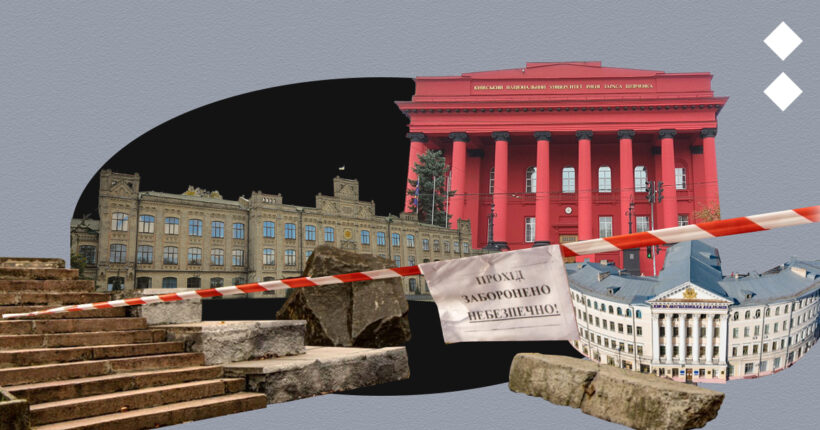
What is the problem?
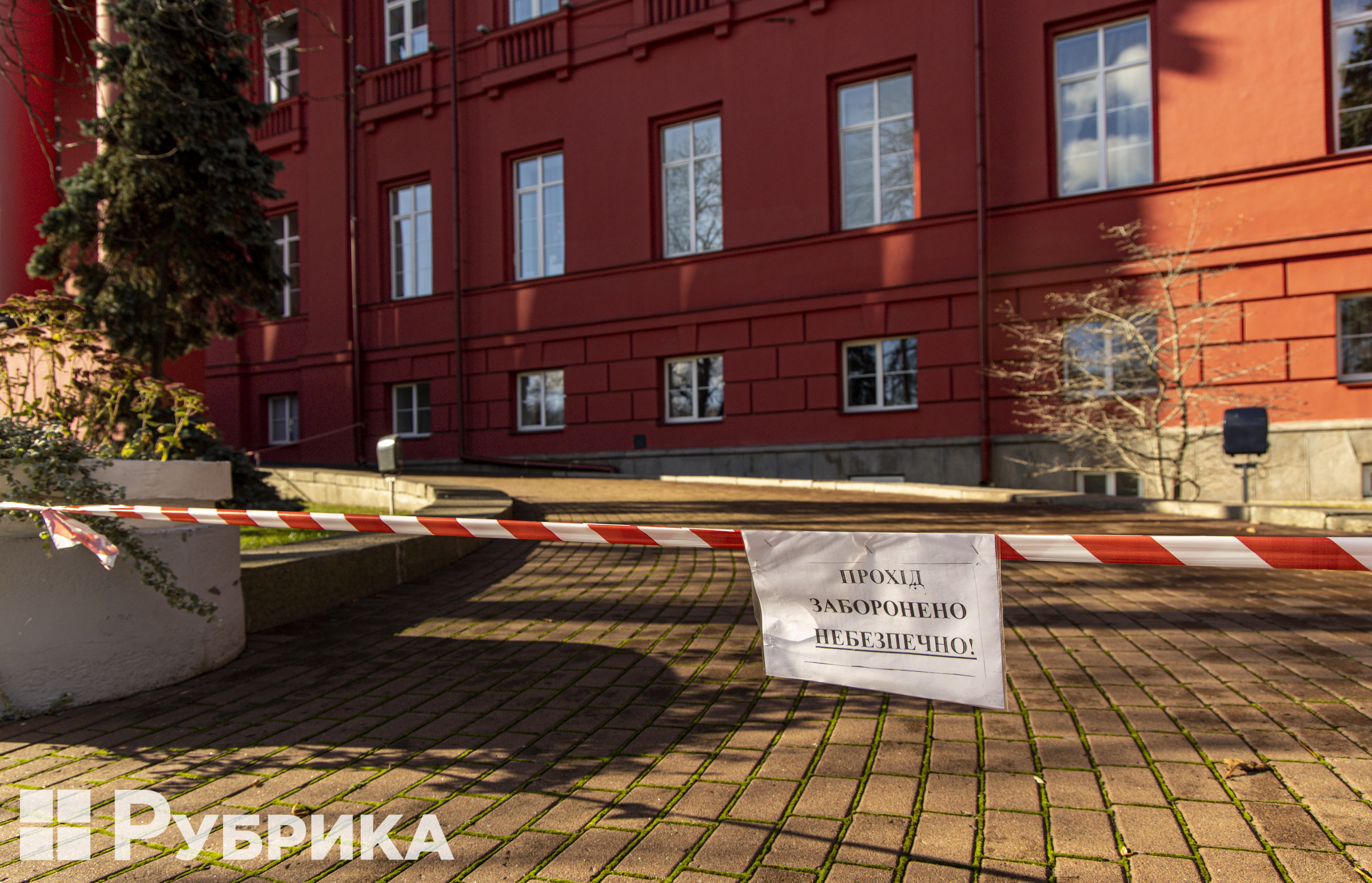
This entrance to Taras Shevchenko National University of Kyiv is forbidden due to potential danger.
Before the full-scale war, the accessibility situation in Ukrainian educational institutions, particularly in the capital, was already quite challenging. Even Google struggles to find answers to questions about the number of Kyiv universities with accessible entrances or universal restrooms. However, the current reality is that the number of students, teachers, and staff with disabilities or injuries from hostilities and shelling is steadily growing. As a result, it has become necessary to address and improve the issue of inaccessible educational spaces.
According to Nina Matsiuk, an expert on inclusivity and accessibility, most higher education institutions are not newly constructed. While there are some newly built higher education institutions in Ukraine, the majority of these are privately owned rather than public.
"Looking back at several national universities, it is worth noting that they were not accessible before the outbreak of the full-scale war. The buildings, as well as the surrounding areas, did not meet the standards for accessibility," Matsiuk explains.

Nina Matsiuk, an expert on inclusivity and security
According to the expert, efforts were made to improve accessibility through certain measures. For instance, one of the universities in Kyiv installed an elevator in their educational building. However, the main entrance of the university still remains inaccessible as it only has stairs and lacks a ramp or lift. Hence, despite having an elevator in place and a supposed solution to the accessibility issue, individuals with reduced mobility cannot use it due to numerous barriers along the way.
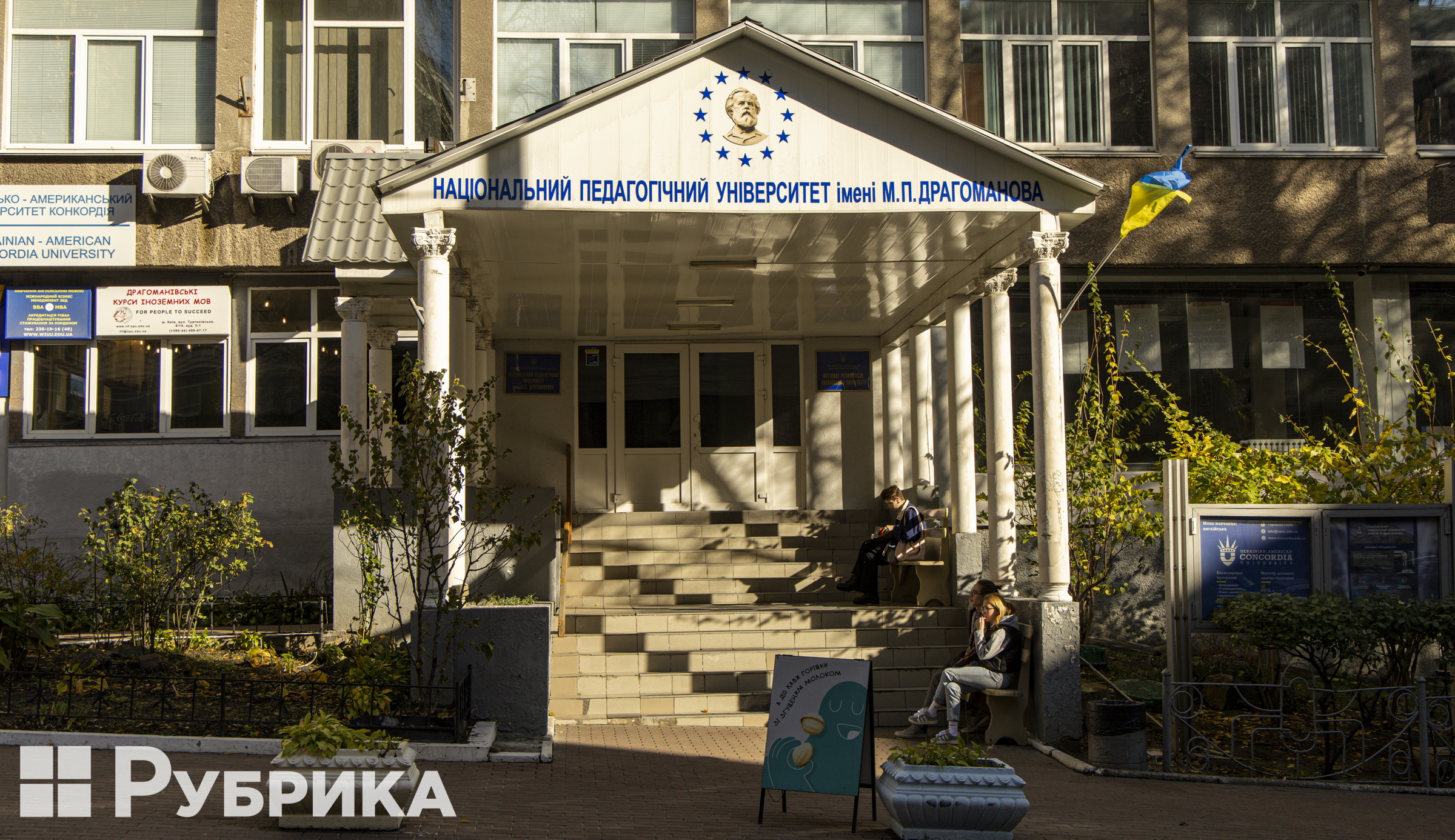
The Drahomanov National Pedagogical University entrance features high stairs and no ramps for accessibility
What is the solution?
According to Nina Matsiuk, it is possible to create barrier-free spaces in all areas, even in historical UNESCO heritage buildings. This concept is known as space adaptation. Therefore, when renovating towers, reconstructing them, or constructing new ones, as well as performing major or scheduled repairs, the expert recommends following these guidelines:
- Make sure the premises have barrier-free access. The building entrance should be flat and level, with no inclines. The maximum allowed threshold height is 2 centimeters. The doorway should be at least 90 cm wide. Additionally, tactile navigation should be installed at the entrance.
- Duplicate the stairway leading to the institution's front entrance with a standard ramp or elevator. If stairs are present, highlight the first and last steps with a different color. If the building is being constructed from the ground up, consider having a gradual entryway instead of stairs.
- If there are multiple floors in the building, an elevator should be installed inside or outside. The call buttons should be easily reachable. The floor numbers should also be written in Braille and accompanied by a voice announcement.
- Install a lift between floors if it is technically impossible to install an elevator.
- Install an inclusive restroom and ensure it is readily available. Individuals with disabilities and other members of groups with limited mobility should not have to seek out staff to obtain a key for the restroom.
- Ensure the institution's adjacent territory has barrier-free access, including a smooth sidewalk, lowered curbs, and tactile navigation.
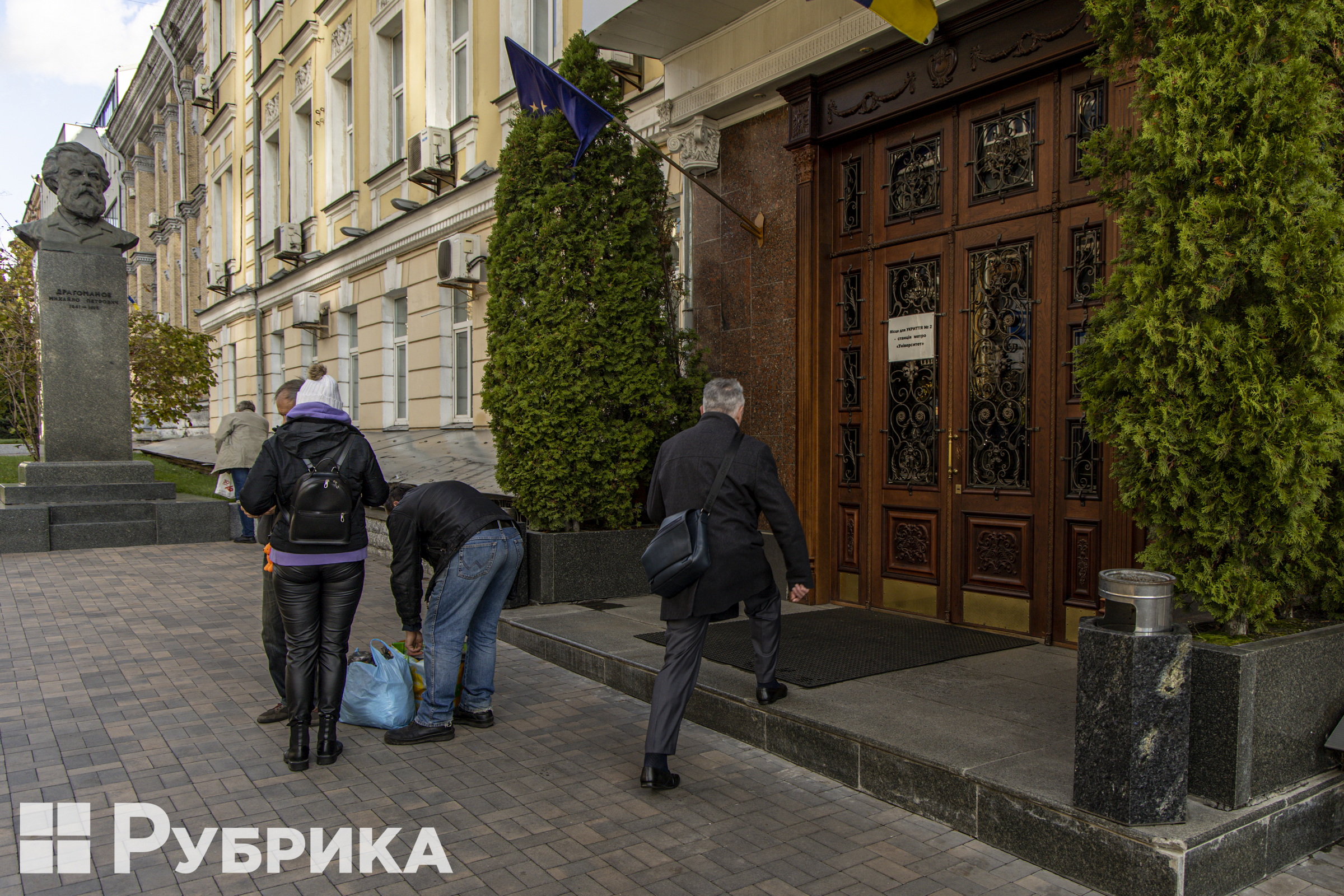
This entrance to Drahomanov University is much more convenient.
It's crucial to ensure parking spaces for people with disabilities, specifically those arriving by car, are clearly designated and conveniently situated near the building's entrance. It's also essential that these parking spots adhere to the appropriate regulations in terms of size.
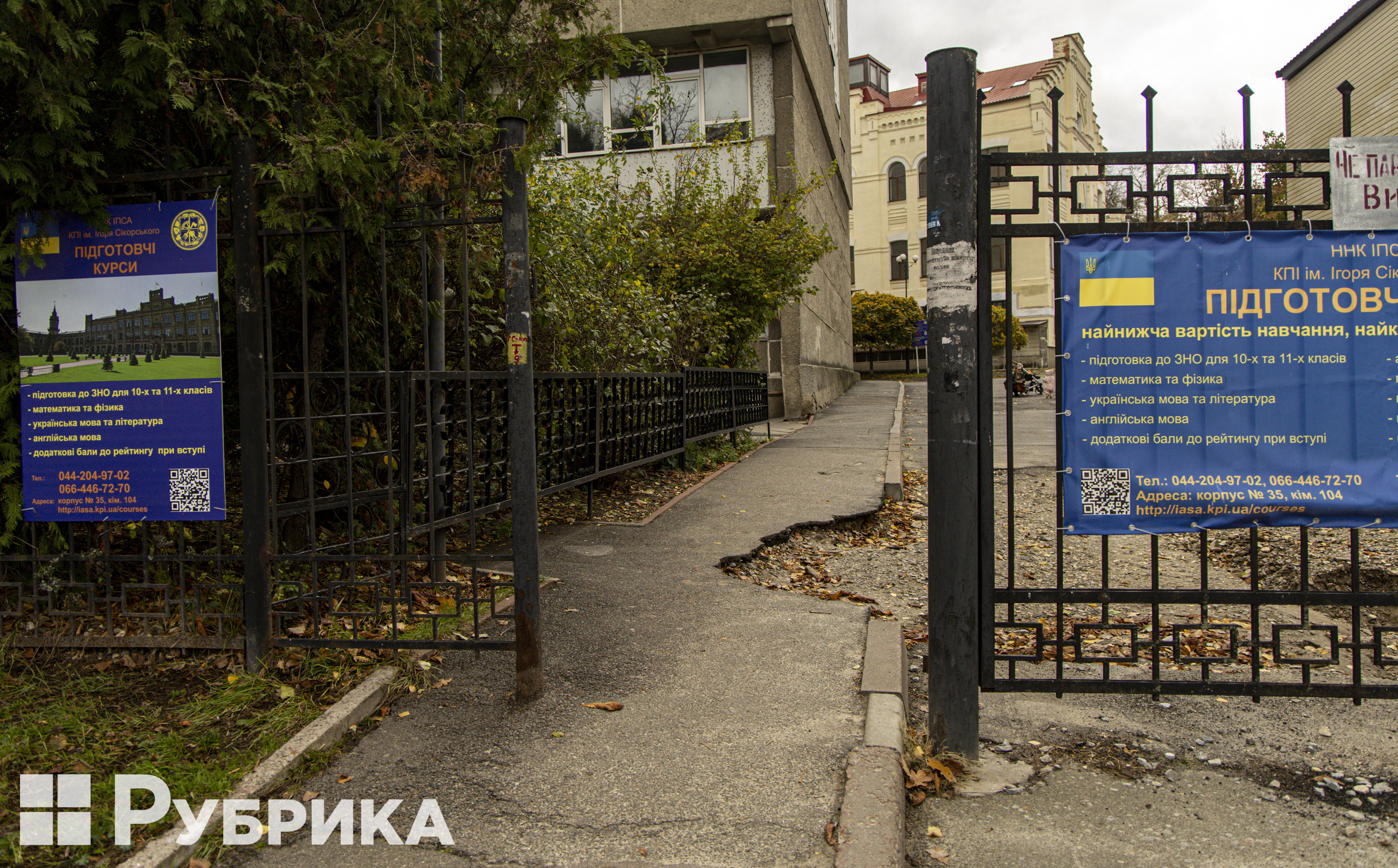
Kyiv Polytechnic Institute. It is impossible to navigate around the pit neither in a wheelchair nor with a stroller if a mother or father comes to the university with a child
How does it work?
The design of inclusive educational spaces in universities ensures that the learning environment is accessible to everyone. When university administration plans the educational process, they should prioritize organizing it conveniently for all participants, without exception.
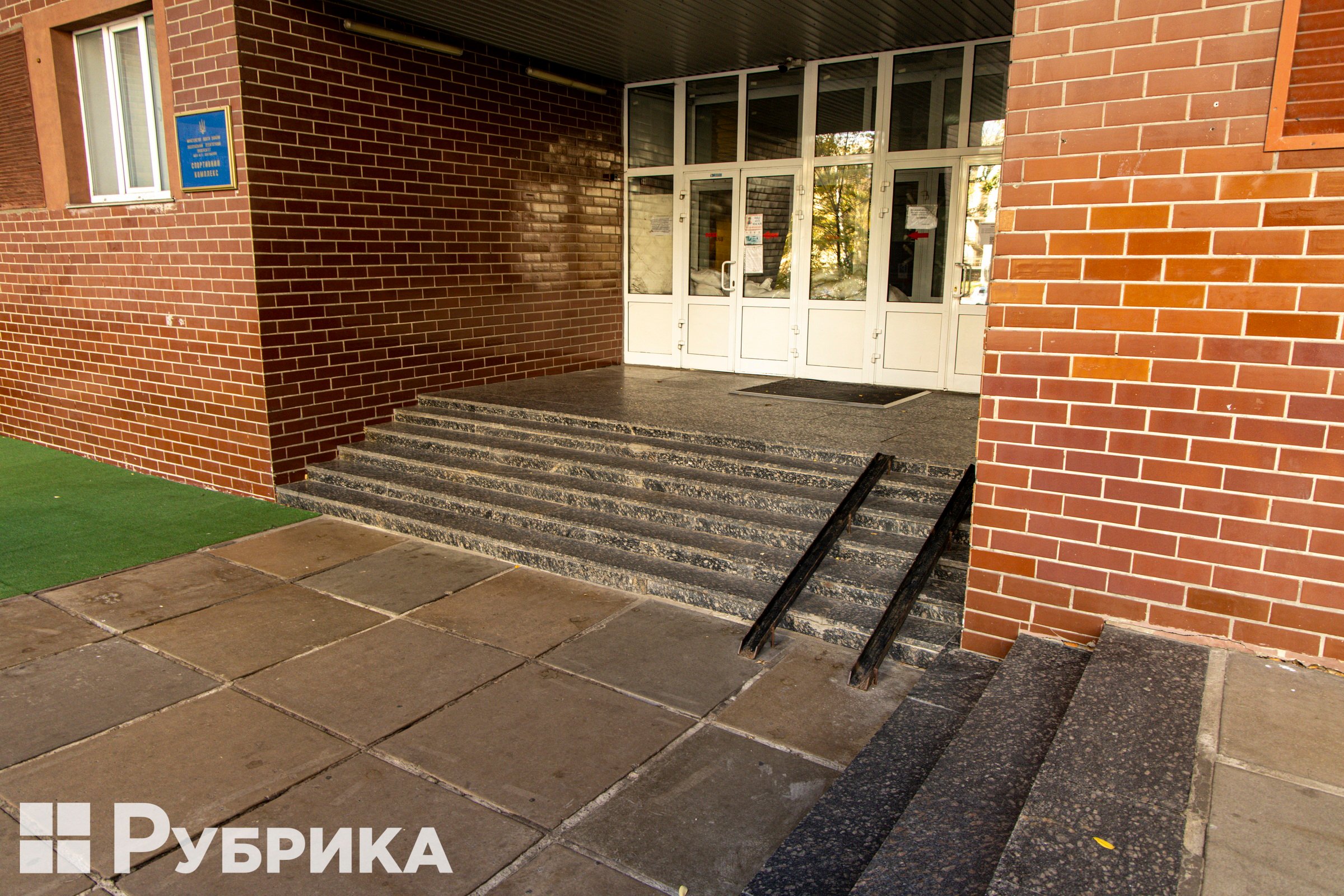
Drahomanov University, once again, now with a ramp installed.
"Every university offers unique options for utilizing its space, ranging from providing educational services on the ground floor to installing elevators, lifts, or ramps," the expert emphasized.
Therefore, for higher education institutions to begin enhancing their own space, they should carry out an accessibility and barrier assessment of the premises (in accordance with State Building Norms B.2.2-40:2018 on the Inclusivity of Buildings and Structures) to identify any current hindrances. This should entail examining the various areas, such as classrooms, offices, libraries, restrooms, and labs.
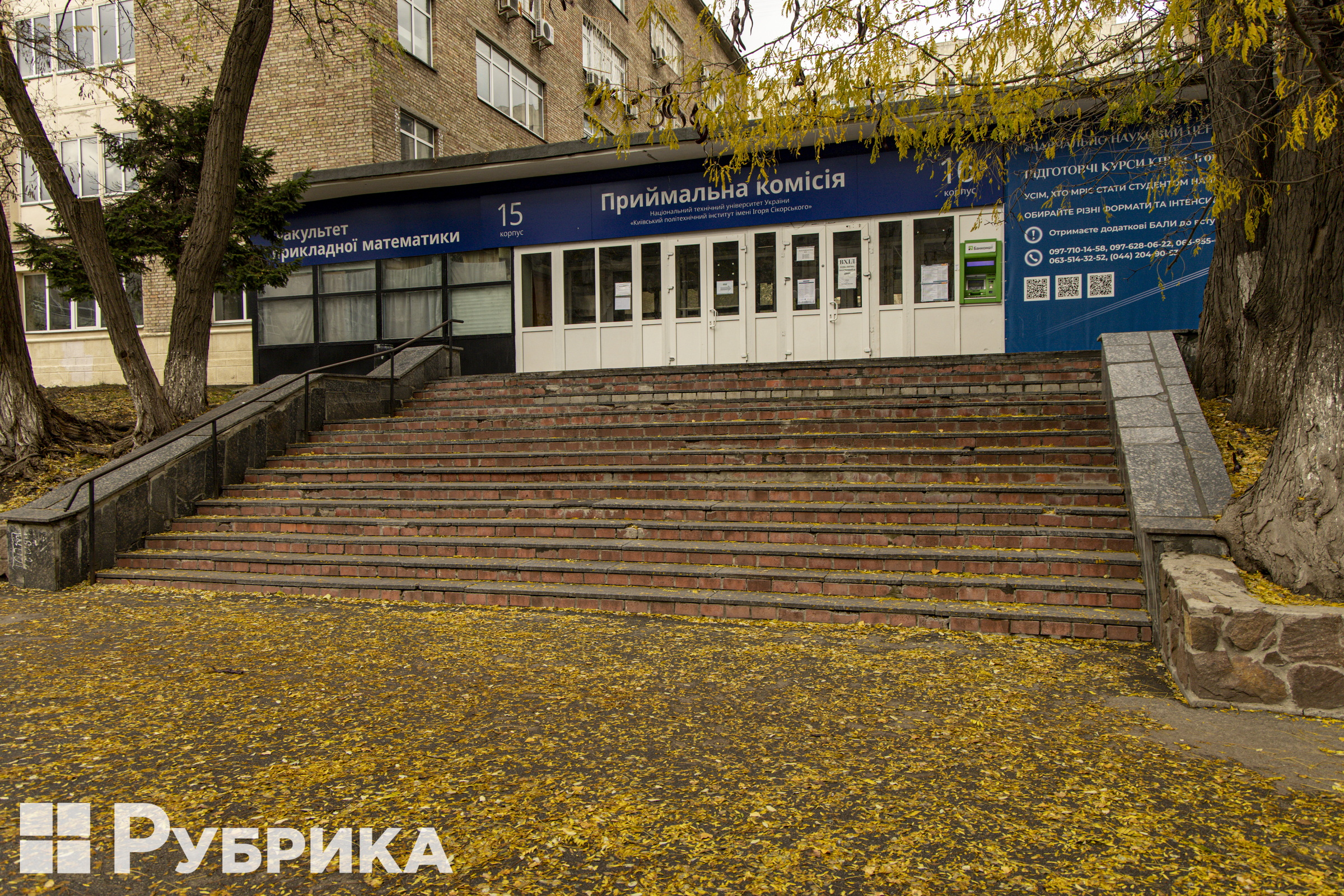
The Admissions Committee at Kyiv Polytechnic Institute. Also, the stairs may prove to be a challenge for some individuals.
Following the inspection findings, the educational institution's management should create a plan to remove these obstacles. This primarily involves widening doorways, installing ramps, constructing inclusive bathrooms, and adapting classrooms. Professionals and experts can assist with this process.
How realistic are these changes?
The approach to solving these problems should be complex. According to Matsiuk, it will become a reality when every person takes this responsibility.
"If the developer is requested to make the premises accessible to everyone, they will prioritize and take action. However, developers may not see the value in creating barrier-free spaces without specific requests. Ultimately, it is up to each individual to contribute towards creating an inclusive environment," the expert adds.
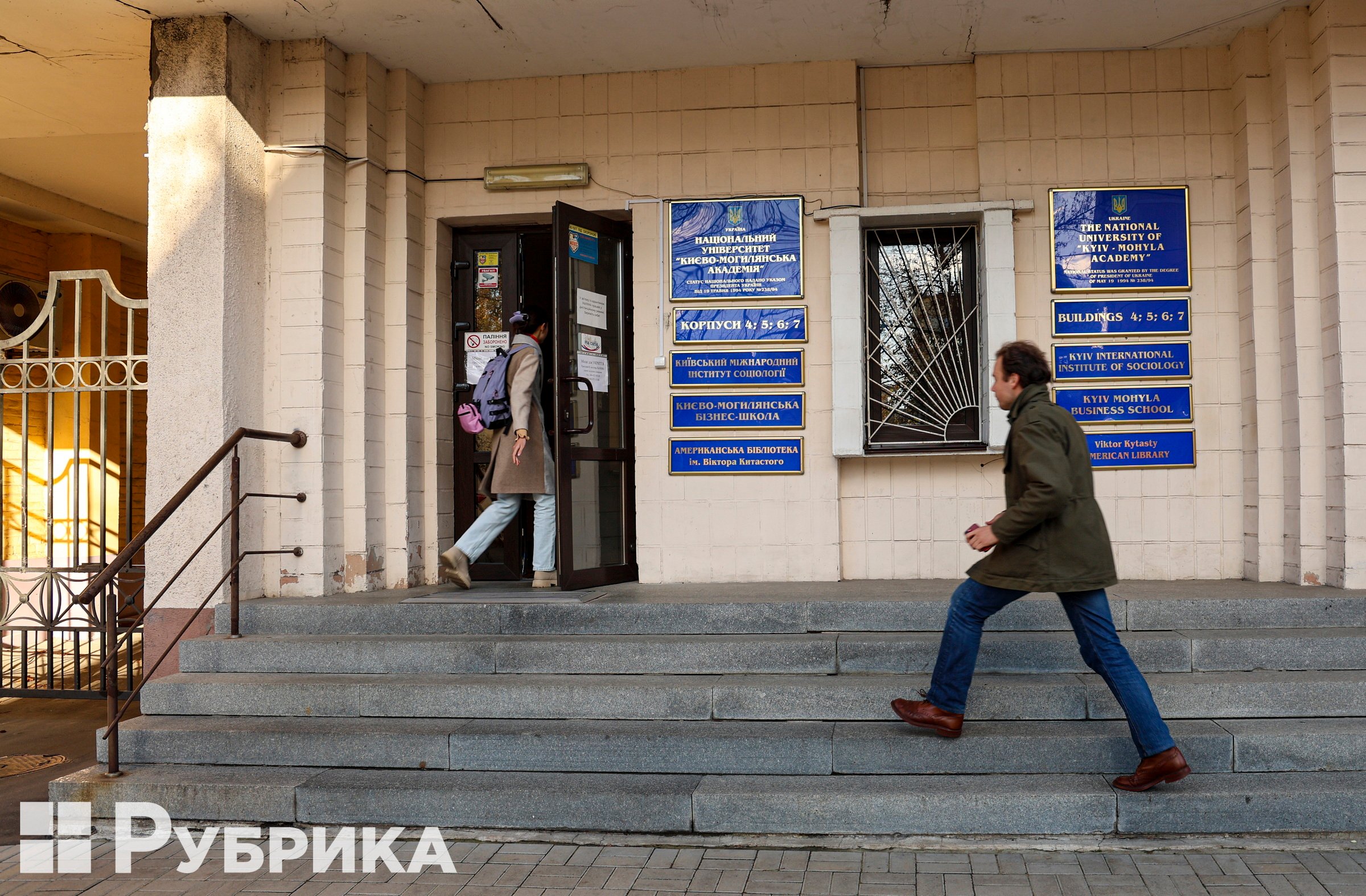
Kyiv-Mohyla Academy. It will also be difficult to climb these stairs with an injured leg.
In Ukraine, some universities train future architects, engineers, and designers who will significantly impact the surrounding space. They must receive a high-quality education aligned with accessibility and barrier-free standards and regulations.
Who needs a barrier-free space?
In higher education institutions, ensuring accessibility and inclusion is crucial for all individuals involved in the educational process, not only students. This includes faculty members, technical staff, laboratory assistants, and even parents of students. Everyone needs access to all areas and rooms, particularly those on higher floors. Therefore, it is a necessity for all.
A space accessible to everyone is necessary, not only for those with visual or hearing limitations or those who use wheelchairs. It is also essential for the elderly, pregnant women, parents with strollers, and individuals with temporary health issues – such as injuries, post-operative conditions, or illnesses.
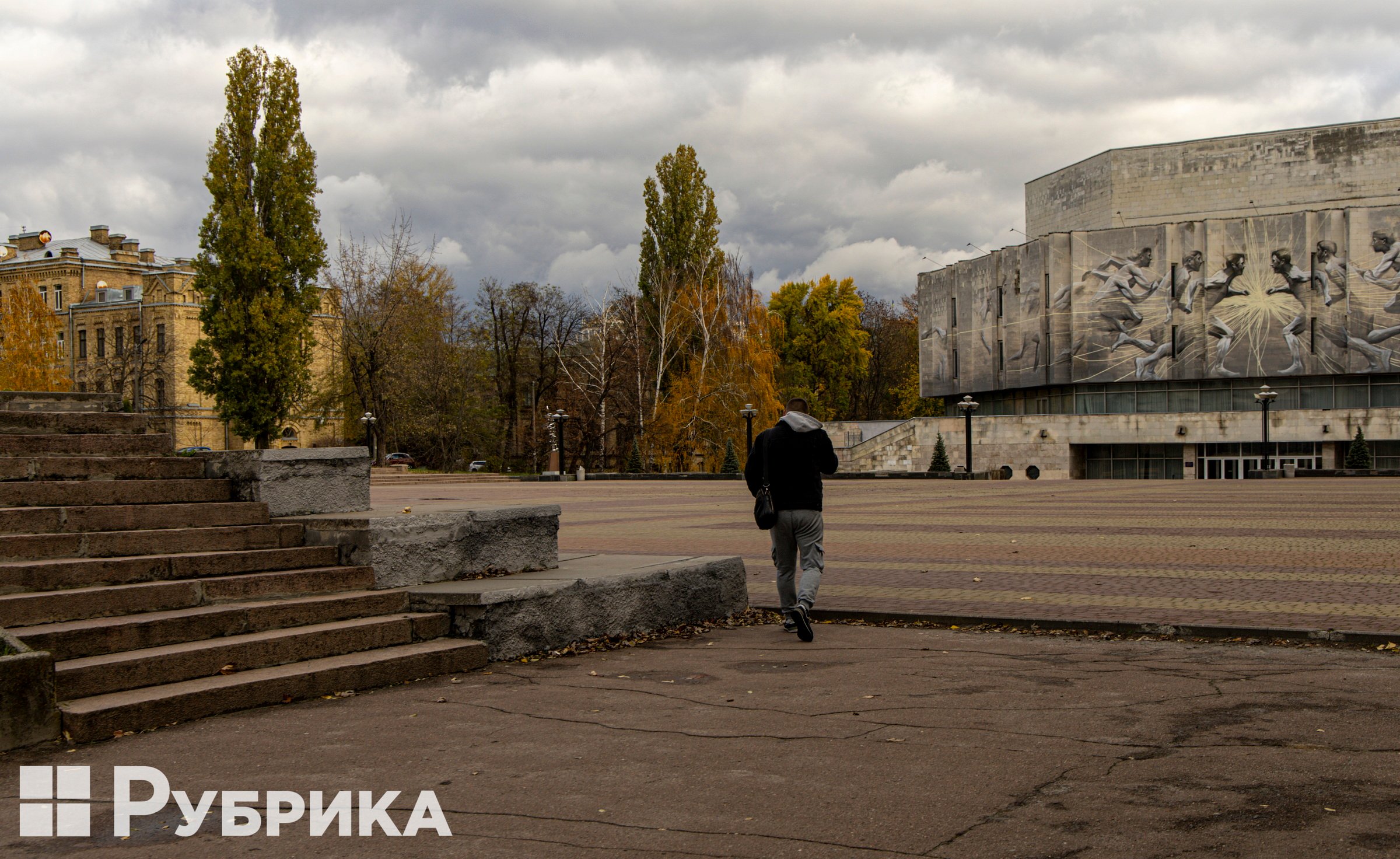
Near Kyiv Polytechnic Institute
"As we begin to develop accessible, barrier-free infrastructure, it becomes apparent that there are many individuals living with disabilities. However, it's important to note that accessibility is not just for them. At some point, we all become part of the group that may struggle with mobility, whether due to our age or health," Nina Matsiuk explained.
She has mentioned that she has come across situations where institutions of higher education claim they do not require ramps or elevators, as people with disabilities supposedly do not attend them. However, it becomes evident later that this is why they cannot access the facilities. Furthermore, individuals who did not have disabilities during enrollment or hiring may also develop them during their participation in the educational process.
"Currently, with a full-scale war underway, numerous educators have joined the defense of our nation. There is a chance that they may sustain injuries that could potentially disable them. And will they be able to work in their previous workplace, which will have many barriers, for example, if they are a professor? Well, I have certain doubts," Matsiuk expressed.
Is the National Strategy working?
In 2021, at the suggestion of the First Lady of Ukraine, Olena Zelenska, the Cabinet of Ministers approved the National Strategy for Making Ukraine Barrier-Free by 2030 and endorsed a plan of action to carry it out in 2021 and 2022. In April this year, the Ukrainian authorities approved an action plan for the next two years.
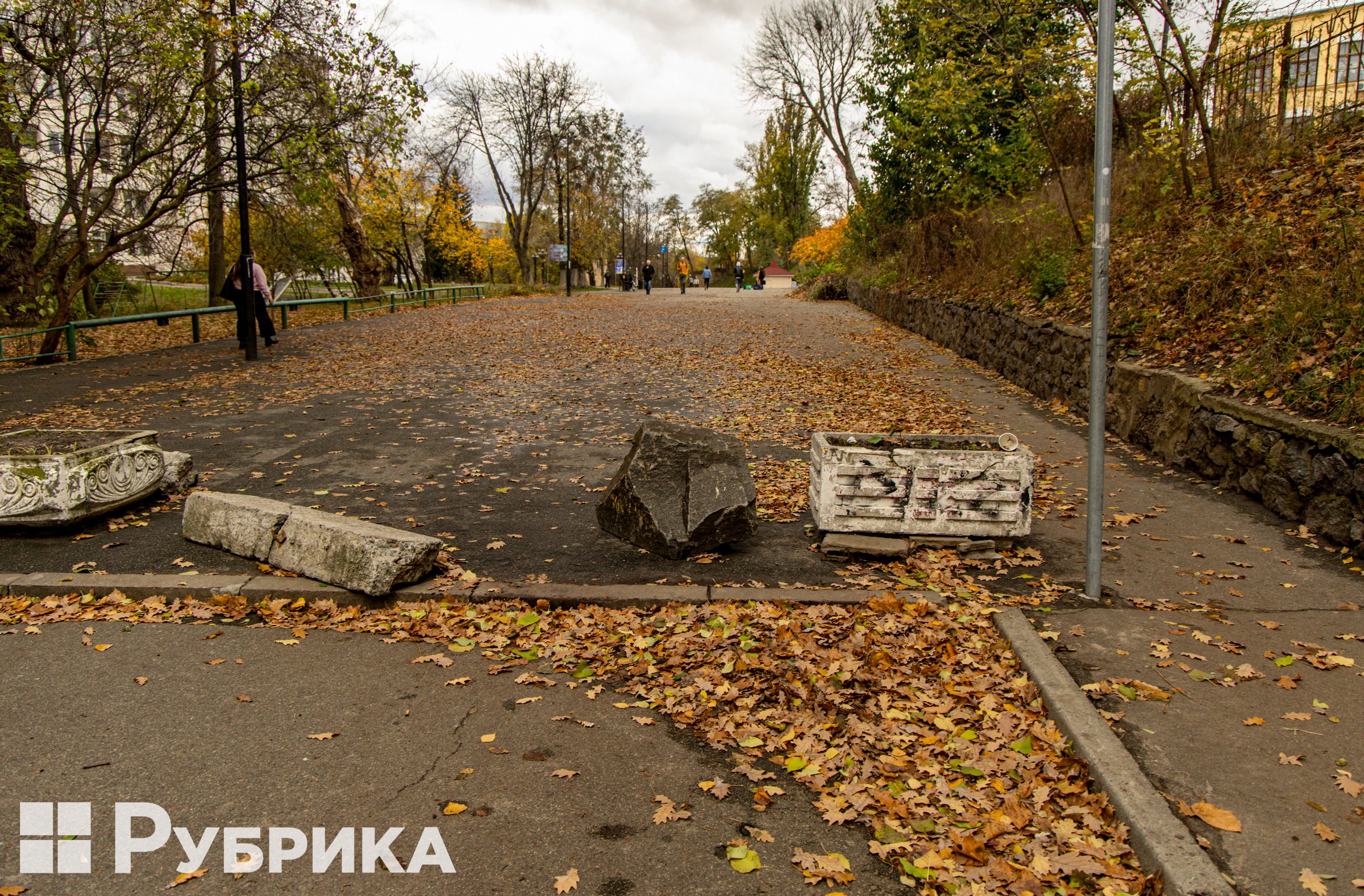
An obstacle course that no one asked for. Kyiv Polytechnic Institute
The main focus of the National Strategy on physical accessibility is ensuring that all components of the physical environment are accessible to everyone regardless of age, health, disability, property status, gender, place of residence, and other personal characteristics. To achieve this goal, various measures and tasks have been implemented:
- requiring public institutions to disclose the accessibility status of their buildings and premises;
- introducing new or improving existing norms and standards for enhancing accessibility during reconstruction and major repairs;
- establishing responsibility for not creating a physical barrier-free space at the local level;
- improving legislation for adapting cultural heritage sites to accommodate better individuals with disabilities and other groups with limited mobility.
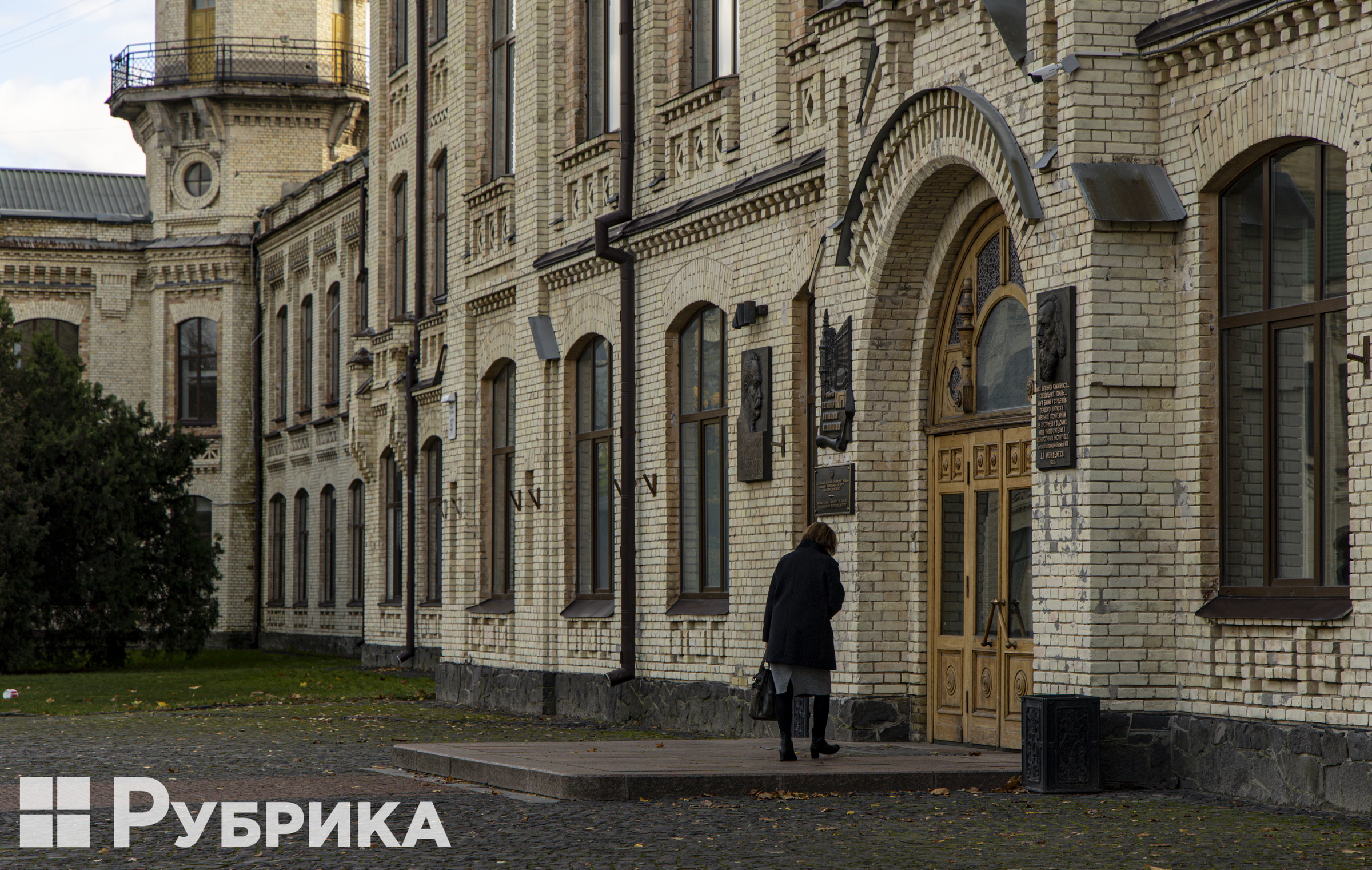
Kyiv Polytechnic Institute and ladders, what they should be
"Fortunately, the National Strategy was approved in 2021. If it hadn't been at that time, it likely wouldn't be achievable now. It has been in effect since then, with a brief pause in implementation at the start of a major invasion, lasting only a few weeks. Currently, I am meeting with communities receiving letters from relevant ministries and genuinely trying to find ways to make the environment more accessible," the expert notes.
Finally, the expert stressed that before the large-scale war, there were discussions in society about the significance of barrier-free access and who it benefits. However, after February 24, 2022, the focus shifted to determining the specific actions needed for its implementation.







